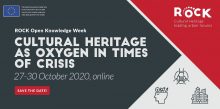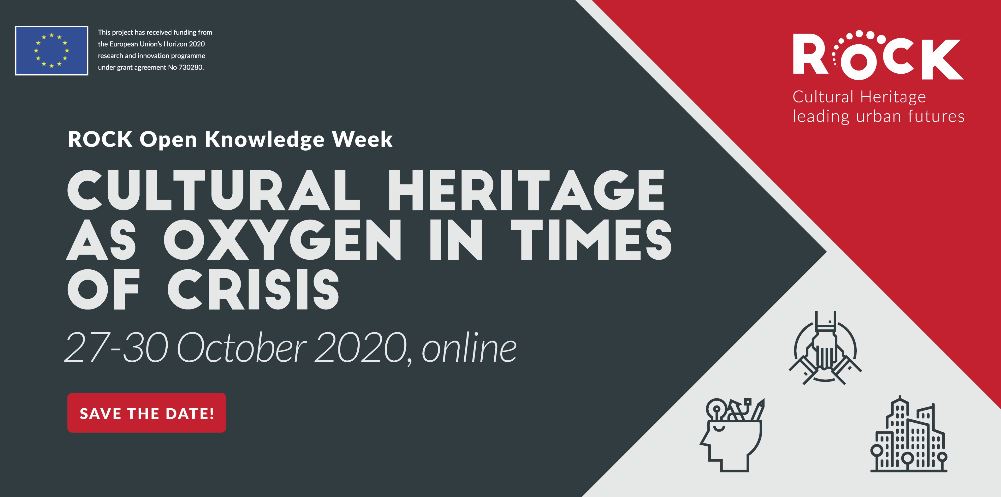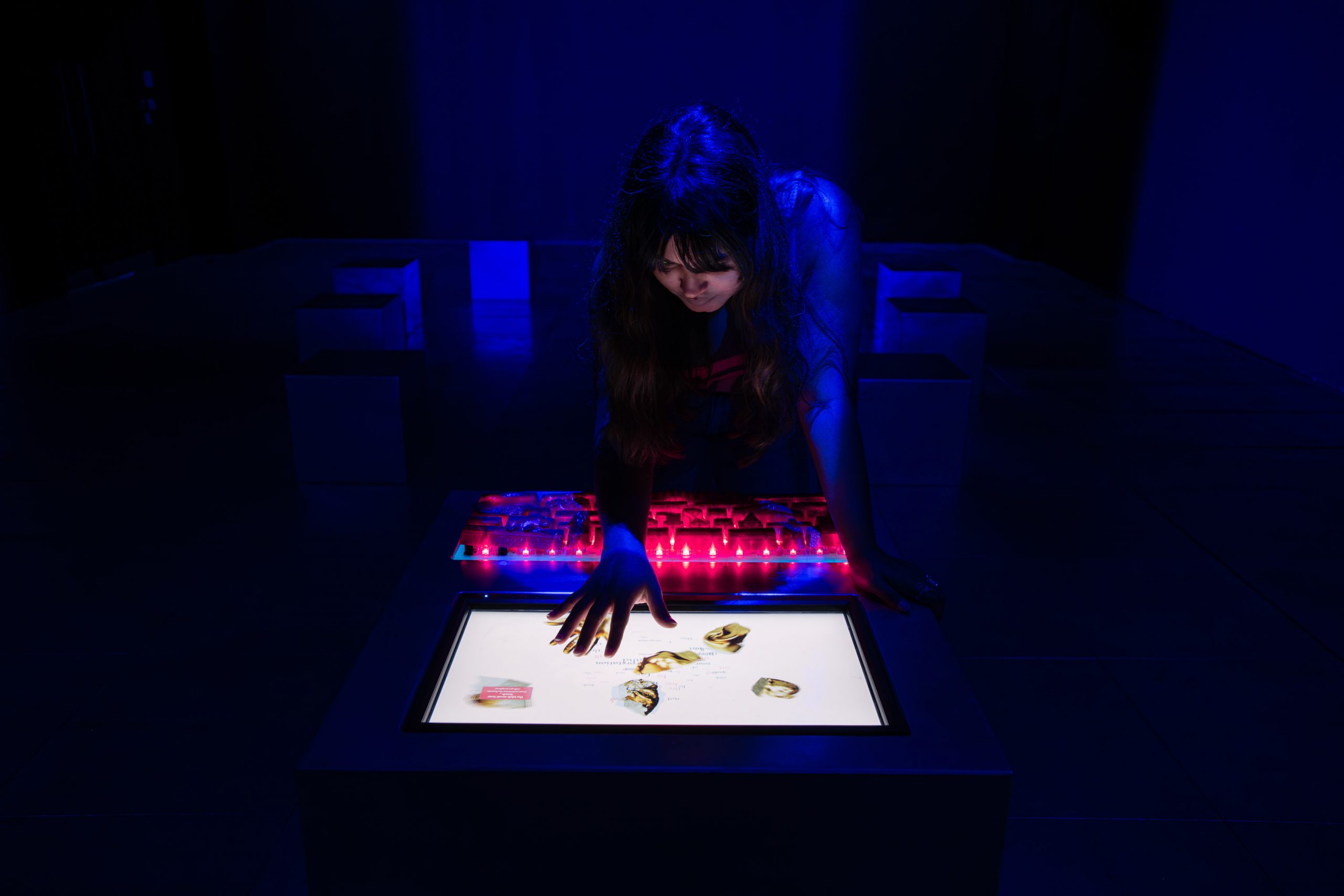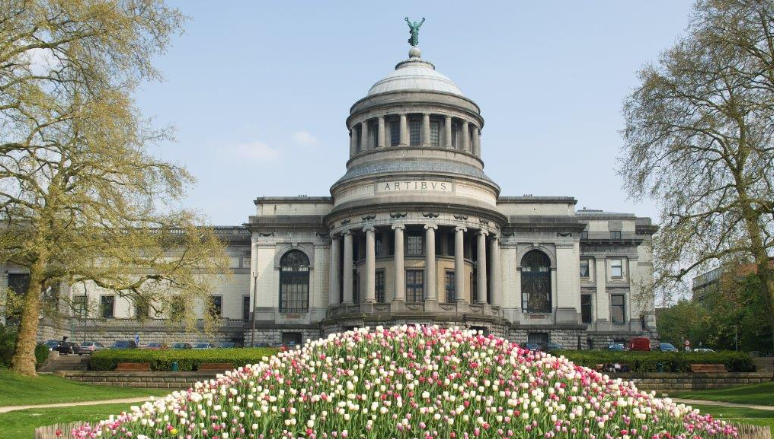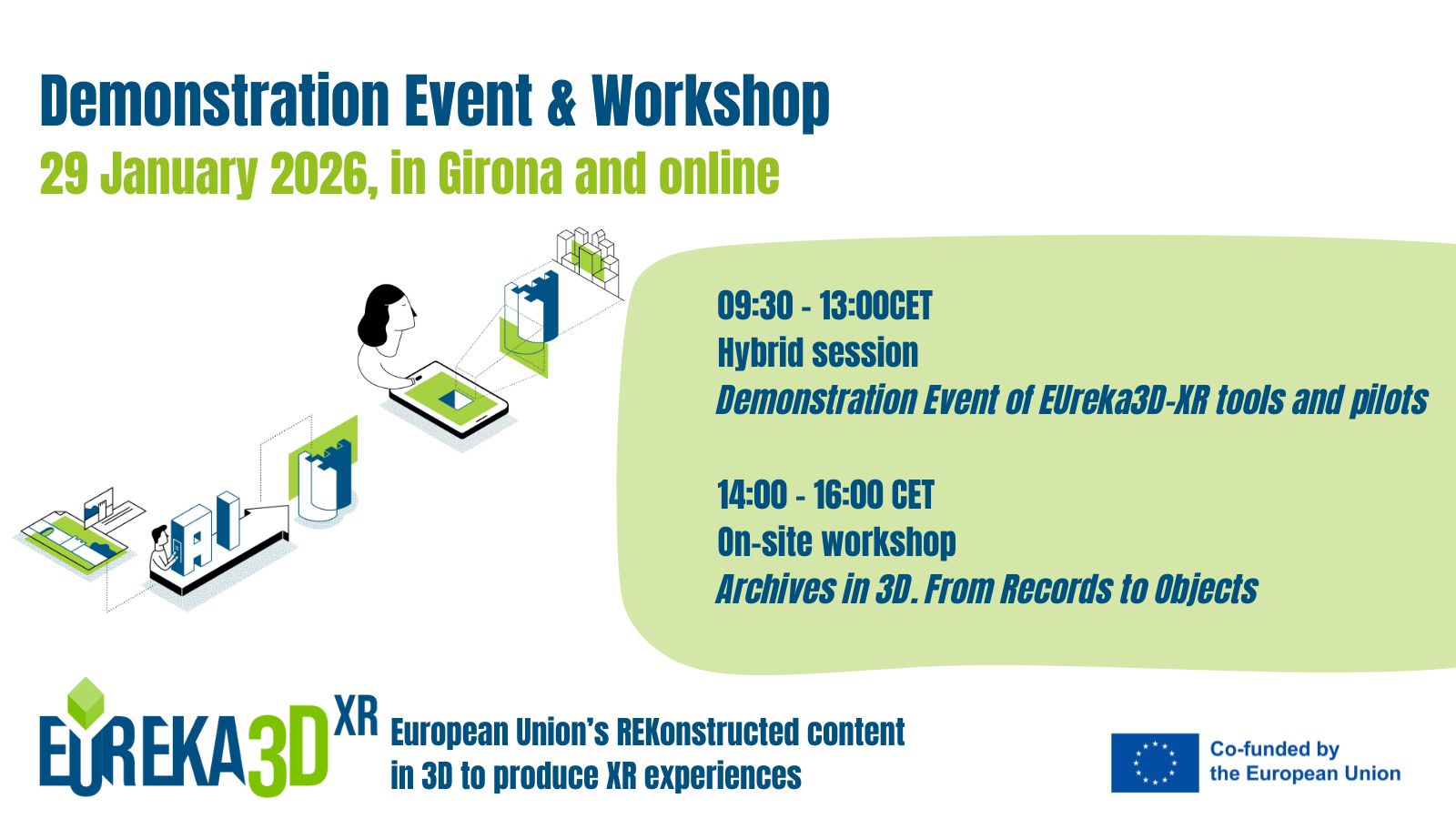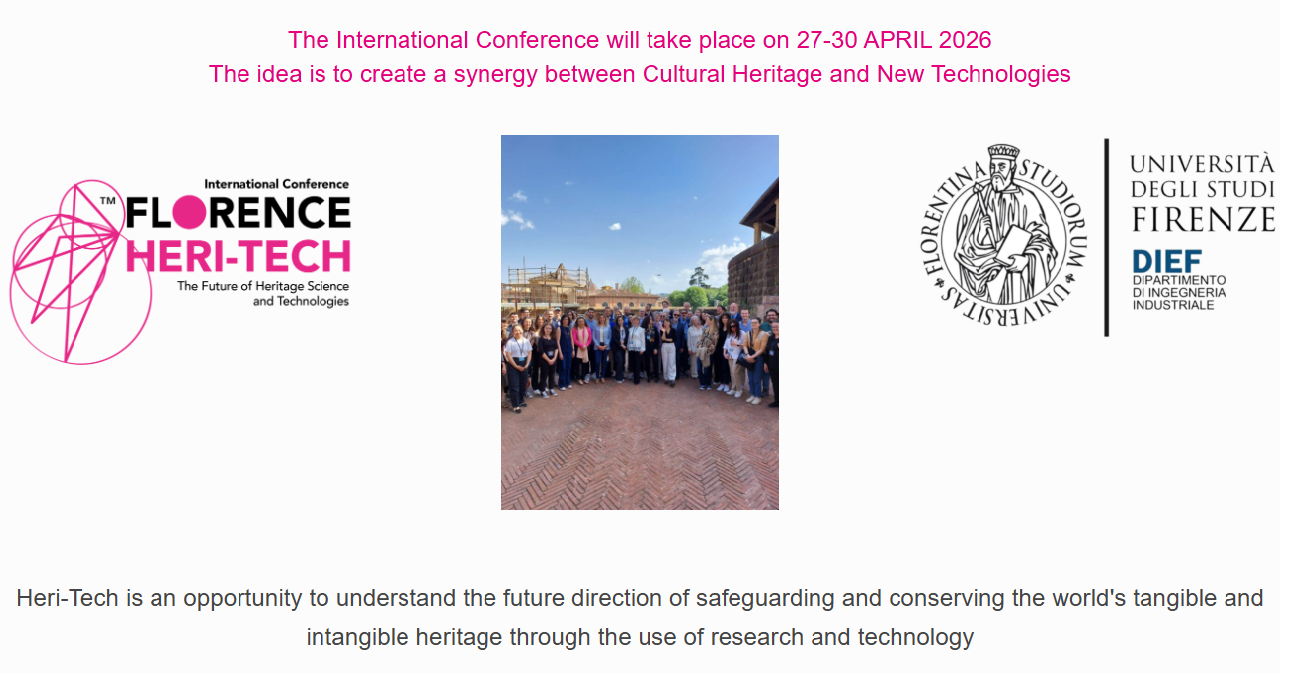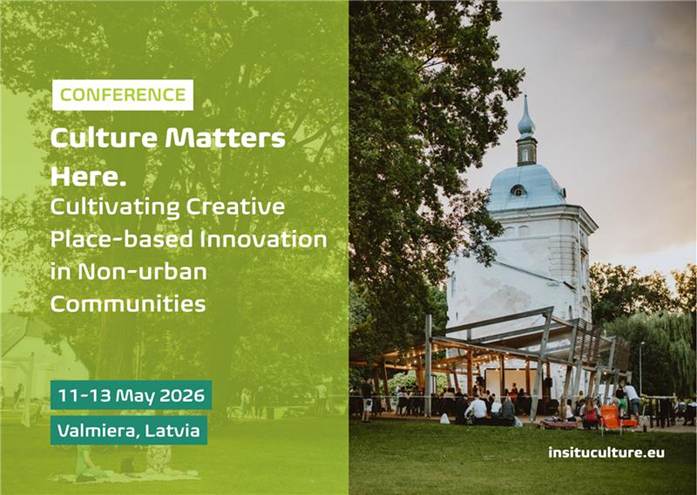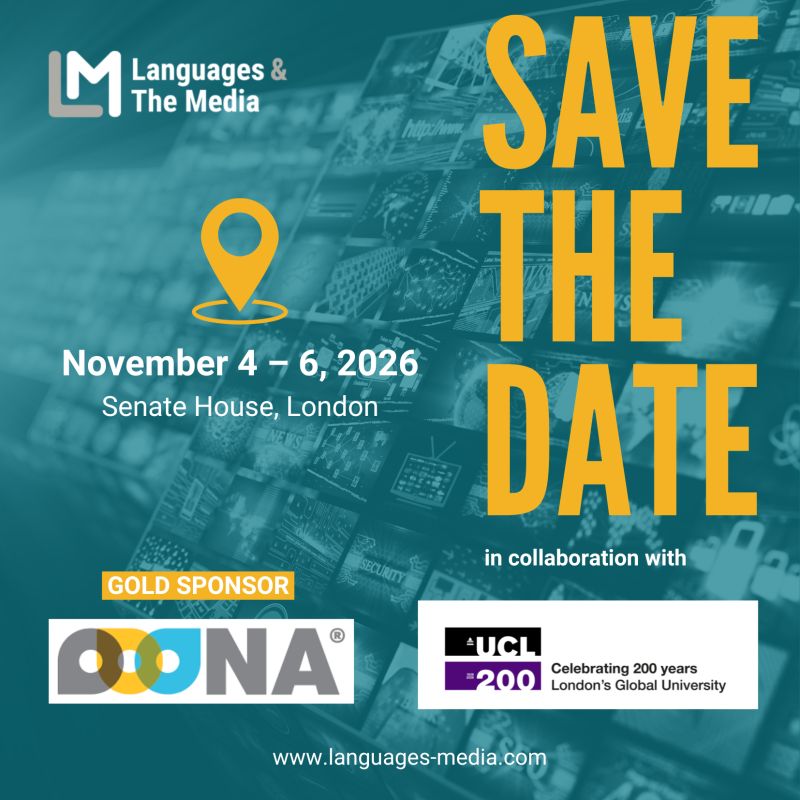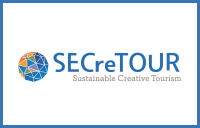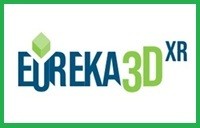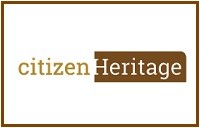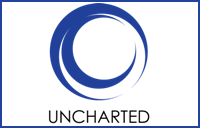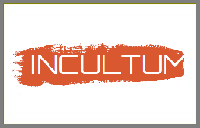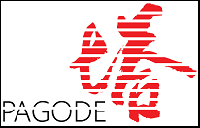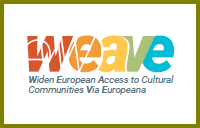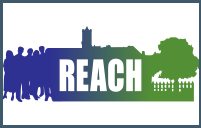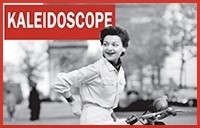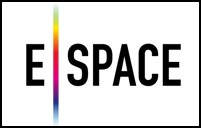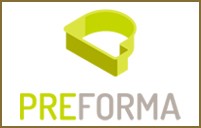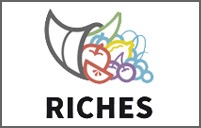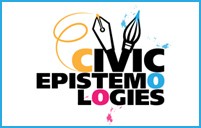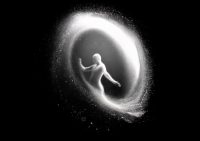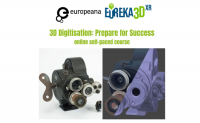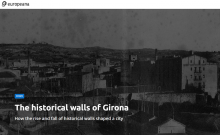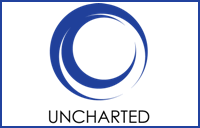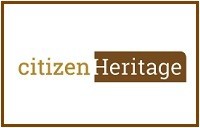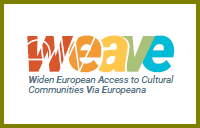Focusing on contemporary performance arts across multiple genres, Kundura Stage is an alternative platform for cutting edge theatre productions. It marks the second stage in the redevelopment of Beykoz Kundura as a multipurpose arts venue and cultural destination in Istanbul.
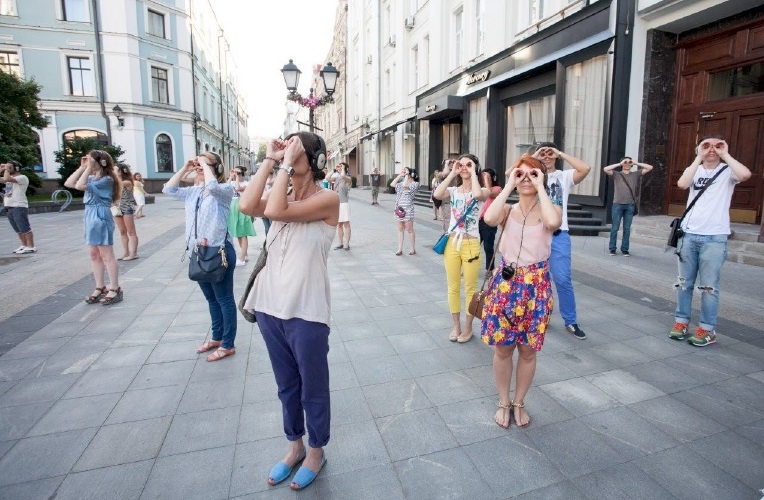
The inaugural season launches with Rimini Protokoll’s “Remote Istanbul” – a theatrical audiovisual journey in the streets of Istanbul. The interactive and immersive experience sees a small group of audience members set off into the heart of Istanbul with headphones.
Guided by a synthetic voice, they are asked to watch each other and make individual decisions whilst always remaining as part of a group.
Throughout the performance binaural recordings and film scores provide a soundtrack for the urban landscape. The journey through the city feels more and more like a collective film. The audience is transformed into active participants in the performance, exploring the influence of artificial intelligence, big data and our own redictability.
Since its first premiere in Berlin in 2013, “Remote X” (as it is generically known), has traveled to more than 50 cities including Lisbon, Madrid, Moscow, New York, São Paulo, St. Petersburg and more.
S. Buse Yıldırım, Managing Artistic Director at Beykoz Kundura said:
“We are delighted to collaborate with Rimini Protokoll, cult pioneers of documentary theatre, and are very glad to present their Remote X performance in Istanbul, which offers a unique audio-visual experience of city-making through theatre and technology. We aim to centralise theatre of documentary/reality into our curation policy by hoping to collaborate for multiple upcoming projects from this genre. Our mission is to present cutting edge, innovative productions in Istanbul and we look forward to witnessing the gradual return of its vibrant cultural scene.”
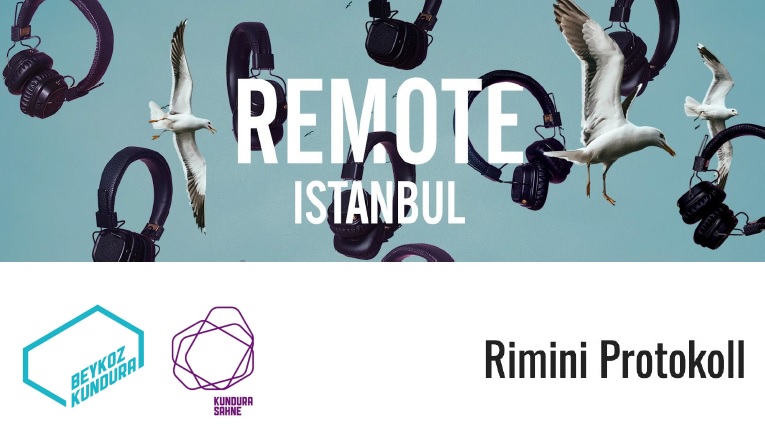
“Remote Istanbul” opens to the public from 19 September with a première on 12 September (in Turkish) and 13 September (in English). Performances will be held over the weekends until 15 November and tours will be available in both Turkish and English. Ticket sales will be available online from 31 August at beykozkundura.com .
In the interest of creating and maintaining a safe performance experience, new measures and protocol will be in place within the set COVID-19 health and safety regulations.
“Remote Istanbul” will run parallel to a wider events programme at Beykoz Kundura including public arts talks and online screenings which will be announced in due course on Beykoz Kundura’s social media platforms below and website here : beykozkundura.com .
Instagram – @beykozkundura || @kundurasinemasahne
Twitter/Facebook – @beykozkundura || @kundurasinema


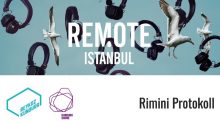
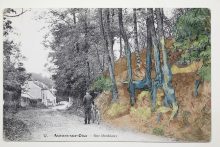
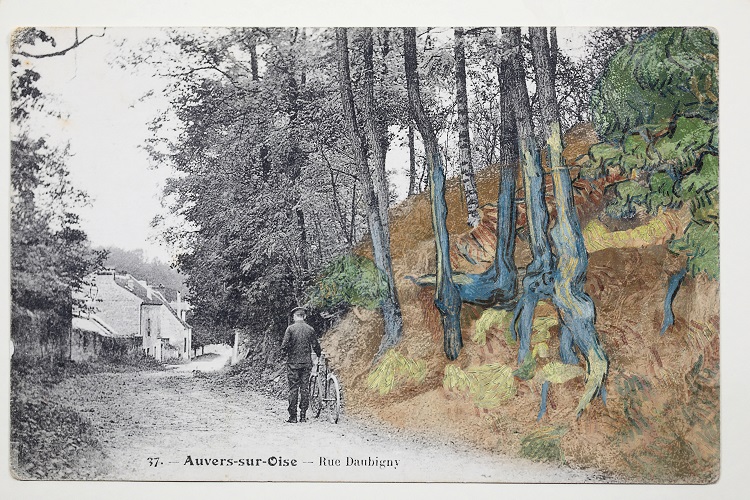
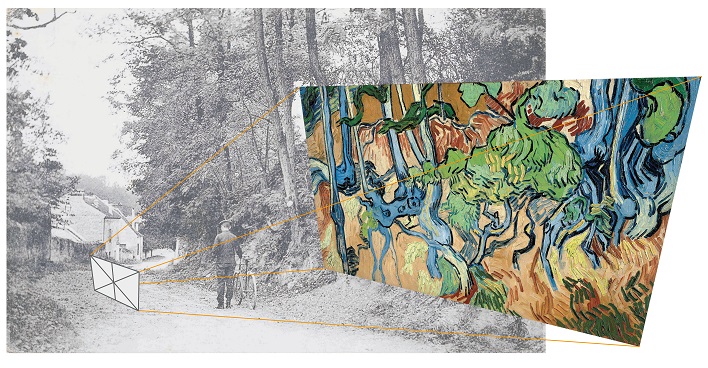
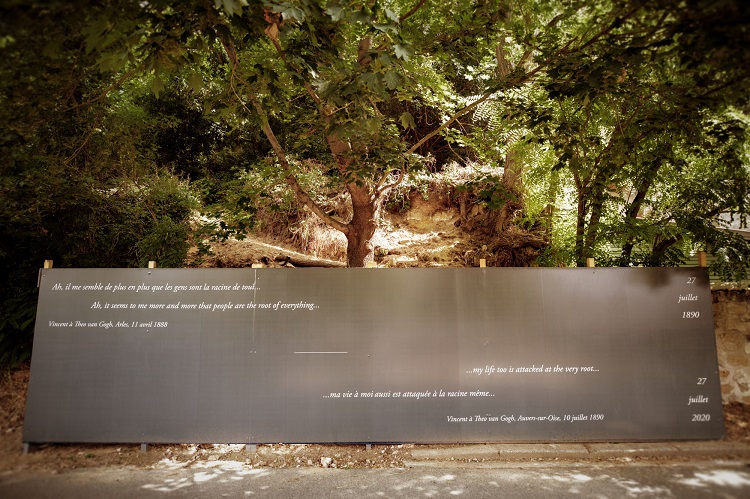

 The 2020 edition of European Research and Innovation Days will be held online from 22 to 24 next September.
The 2020 edition of European Research and Innovation Days will be held online from 22 to 24 next September. European Research and Innovation Days bring together policymakers, researchers, entrepreneurs and citizens to debate and shape the future of research and innovation in Europe and beyond.
European Research and Innovation Days bring together policymakers, researchers, entrepreneurs and citizens to debate and shape the future of research and innovation in Europe and beyond.
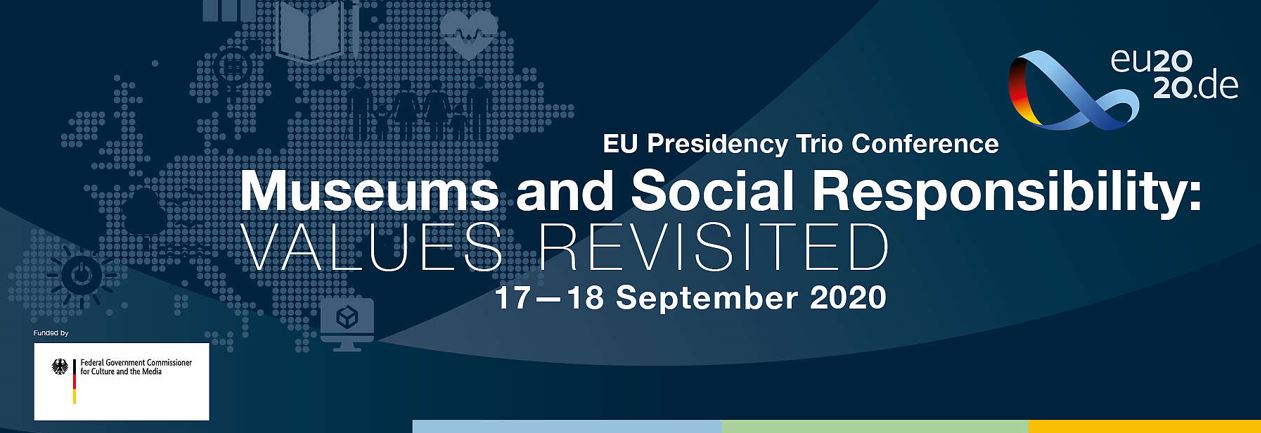 Three events will be organised by museum organisations located in the countries holding the presidency of the Council of the European Union and they will focus on different aspects of social responsibility.
Three events will be organised by museum organisations located in the countries holding the presidency of the Council of the European Union and they will focus on different aspects of social responsibility.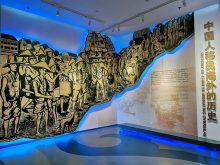
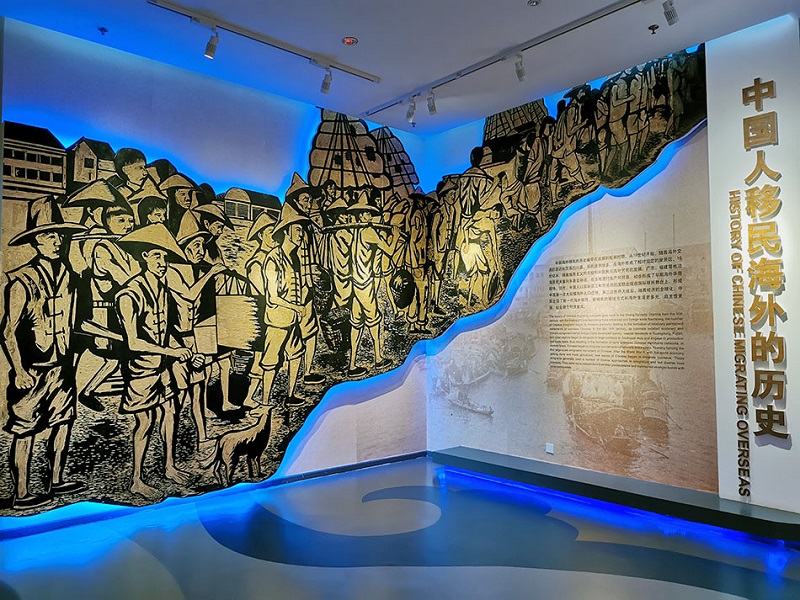
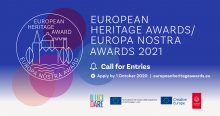


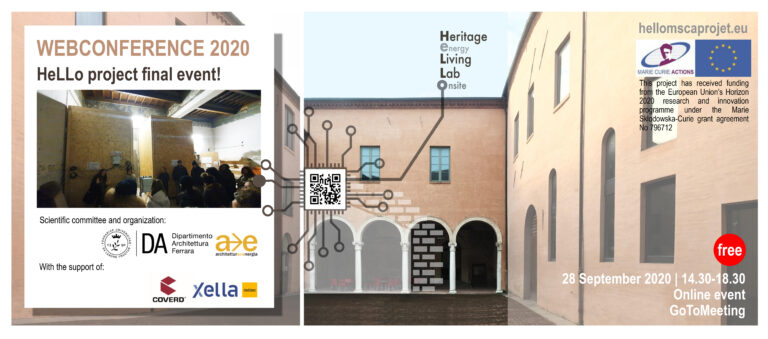 Due to the COVID-19 global crisis the Organizing Committee of the
Due to the COVID-19 global crisis the Organizing Committee of the 